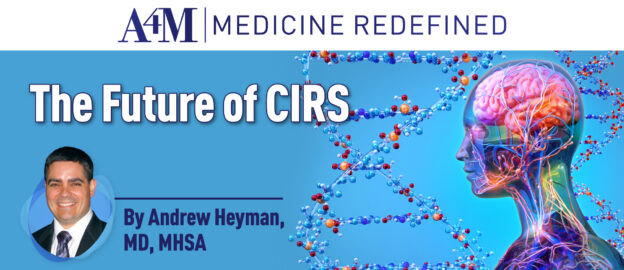While aging is commonly considered a whole-person phenomenon, a growing body of research reveals that different biological systems and human organs age at varying rates. Emerging evidence highlights the natural aging process – and the variation in its rates – as reflective of a complex interplay of age, chronic disease, lifestyle factors, and genetic risks, all specific to the individual.
Understanding the rate of aging in different organs and biological systems is crucial for developing effective anti-aging therapies and targeted interventions. By identifying the factors contributing to the aging process, we can slow down or even reverse the aging process in different organs, potentially elongating our population’s health- and lifespans one organ at a time.



